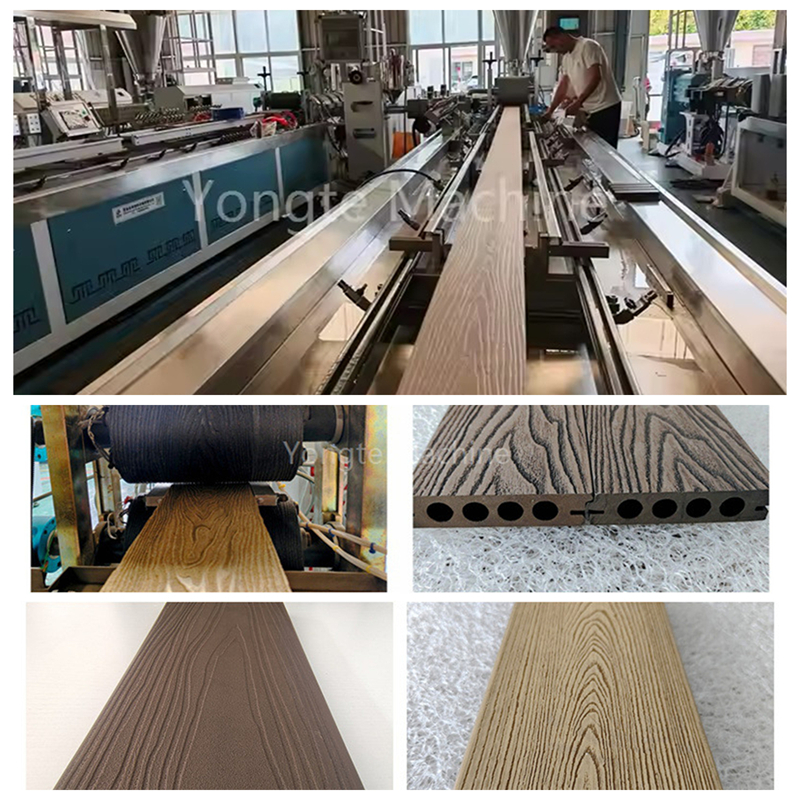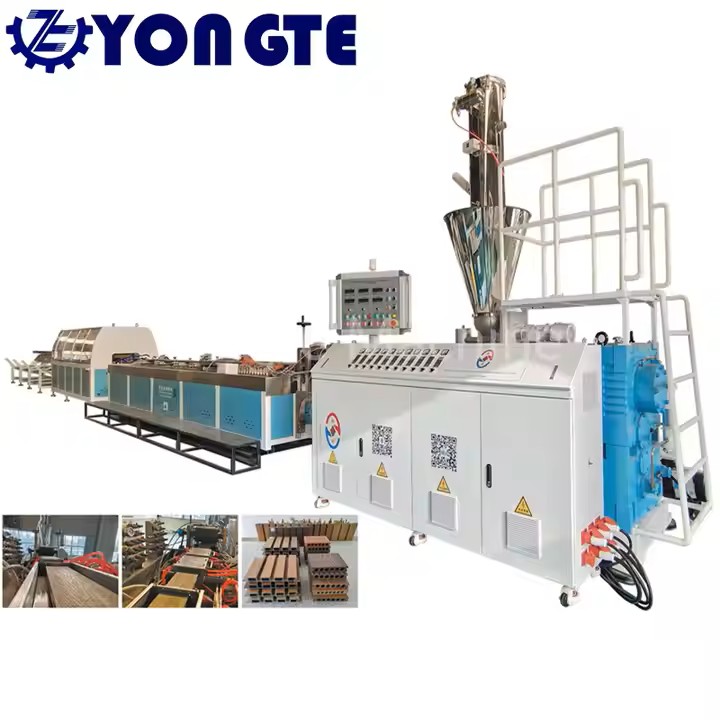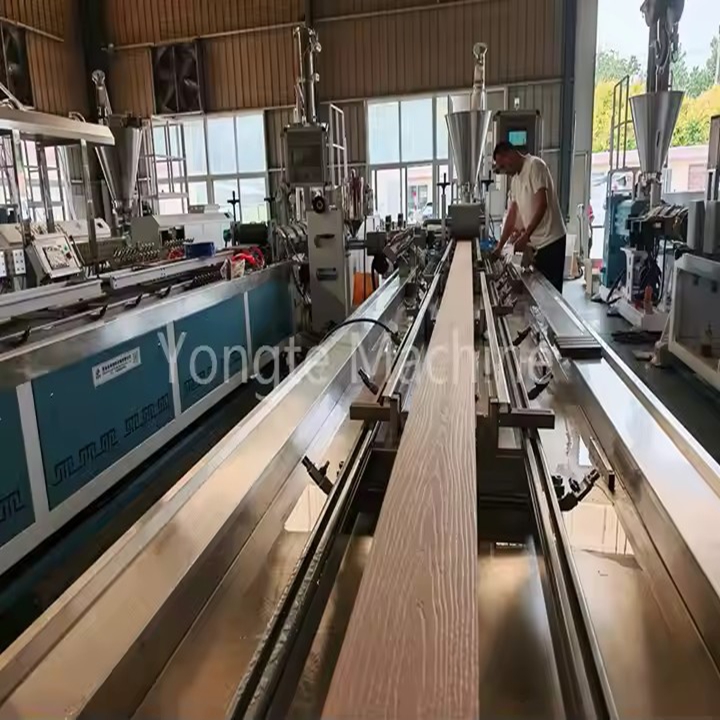Turning Waste into Treasure: Wood-Plastic Profile Production Lines Become "Green Money Printers"
Waste plastics are transforming from an environmental burden into an "urban mineral," and wood-plastic profile production lines have become a new investment area attracting significant attention. A recent report from the United Nations Environment Programme indicates that the world generates 340 million tons of plastic waste annually, with used plastic packaging accounting for over 30% of this waste, yet only 10% is effectively recycled. These improperly handled plastics, whether landfilled, discharged into the ocean, or incinerated, cause persistent damage to soil, ecosystems, and air quality. Against this backdrop, the wood-plastic profile industry, which transforms waste plastic into high-value-added products, presents a significant development opportunity.
Wood-plastic profiles, made from waste plastics and agricultural and forestry waste such as wood flour and rice husks, not only effectively consume large amounts of waste plastic but also replace natural wood—saving 1.2 cubic meters of wood per ton of product. This material, with its weather-resistant, insect-resistant, and maintenance-free properties, is widely used in outdoor flooring, fencing, wallboard, and other applications, and market demand continues to grow. From a global perspective, the wood-plastic composite material market is projected to exceed $15 billion by 2025, with an average annual growth rate of 8.5%-9.2%. The European and American markets are performing particularly well, with the US accounting for nearly half of the global market share. Driven by the Packaging and Packaging Waste Directive, European import demand is growing by 15% annually. Emerging markets such as Southeast Asia and the Middle East are also experiencing rapid growth due to infrastructure expansion.

In terms of profit, waste plastics, which typically recycle at approximately 2,000 yuan per ton domestically, can be processed into wood-plastic profiles for sale at 8,000-12,000 yuan per ton, and can even fetch a 20%-30% premium when exported to the European and American markets. Coupled with tax support for recycled materials from policies such as the EU carbon tariff and the US Inflation Reduction Act, profit margins are further expanded.
Yongte Machinery's new-generation wood-plastic profile production line provides a systematic solution to address industry pain points. Its specialized sorting equipment precisely separates PE/PP from impurities, with an accuracy rate exceeding 99%, and maintains stable operation even with impurity levels as low as 15%. In the core process, the production line uses zoned temperature control to maintain a temperature differential within ±1°C. A precision feeding system ensures that the cross-sectional dimensional error of the profiles does not exceed ±0.2mm. An online inspection system monitors product quality in real time, maintaining a consistent pass rate of over 95%, significantly exceeding the industry average.

This production line also excels in environmental protection. Its exhaust gas treatment process achieves a 99% VOC removal efficiency and recovers over 80% of the heat for raw material drying, reducing energy consumption by 15%-20%. Over 90% of cleaning wastewater is reused, and 98% of scrap is recycled, virtually achieving "zero solid waste discharge." These features make it easier for companies using this equipment to obtain international environmental certifications. For example, a Dutch customer leveraged this advantage to obtain the EU's "Circular Economy Certification," increasing their product price premium by 25%.The production line's intelligent design is also impressive. The intelligent control system collects over 20 types of production data in real time, and AI-powered predictive maintenance reduces failure rates by 30%. Through modular mold design, product changeover time is reduced to less than 1.5 hours, significantly faster than the traditional 3-4 hours. This allows for rapid response to diverse order demands, ranging from small fencing to large wall panels.

In terms of return on investment, a medium-sized production line (with a production capacity of 1.5-2 tons/hour) requires an investment of approximately 8-15 million yuan. Based on European and American market estimates, this translates to a net profit of 3,000-5,000 yuan per ton. With an annual production capacity of 5,000 tons, this translates to a net profit of 15-25 million yuan, with a payback period of just 1.5-2 years. Yongte's production lines are currently exported to over ten countries, including Malaysia, Poland, and South Africa. As one South African investor put it, "This isn't just a piece of equipment; it's a complete solution from waste plastic processing to market access." In the wave of green transformation, this model, which balances environmental protection with profitability, is becoming a preferred choice for global investors.